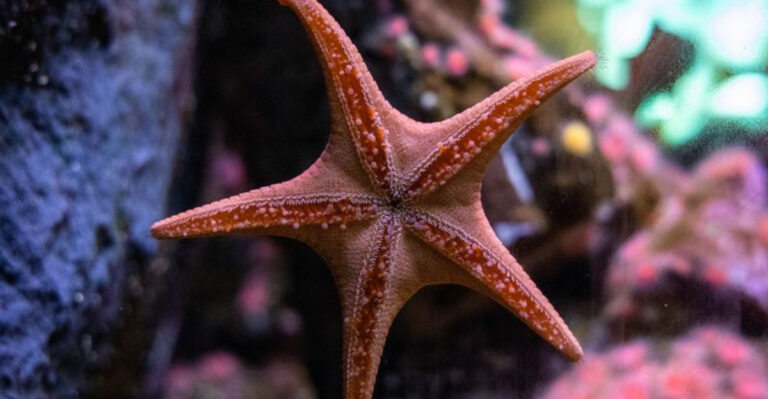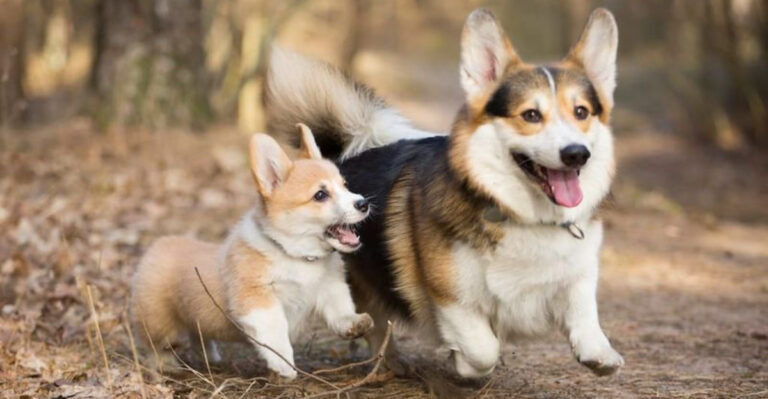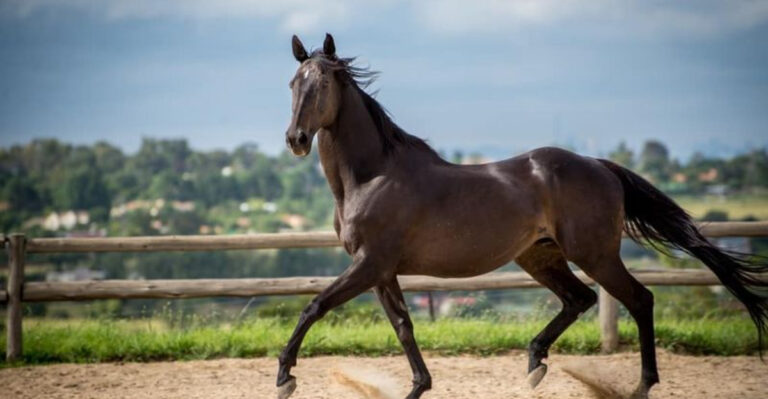What Makes Bison So Important To U.S. National Parks
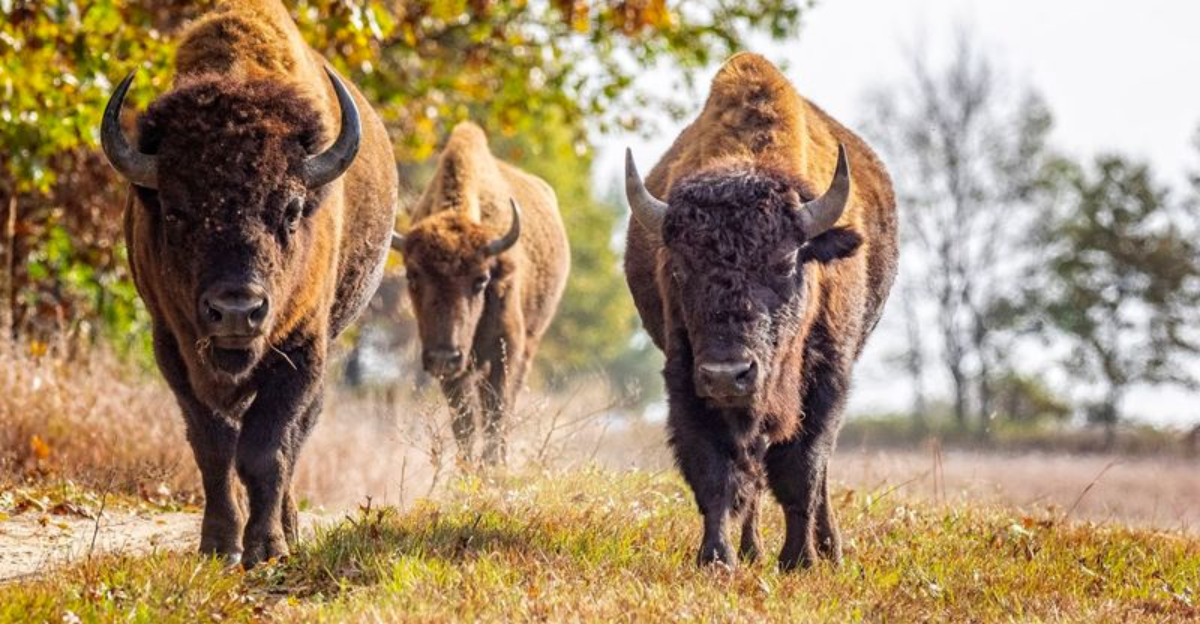
Bison are the shaggy giants of America’s grasslands, standing as living monuments to our wild heritage. These massive mammals, once on the brink of disappearing forever, now roam majestically through our national parks as symbols of successful conservation.
Their comeback story represents one of the greatest wildlife recovery efforts in history, but their importance goes far beyond just being impressive animals to photograph.
1. America’s National Mammal

In 2016, bison earned the prestigious title of America’s National Mammal, joining the bald eagle as an official symbol of our nation. This recognition wasn’t just ceremonial.
It acknowledged their profound historical significance and their role in shaping the American landscape. These magnificent creatures embody the spirit of the frontier and represent our commitment to preserving natural heritage.
2. Survivors Of Near Extinction
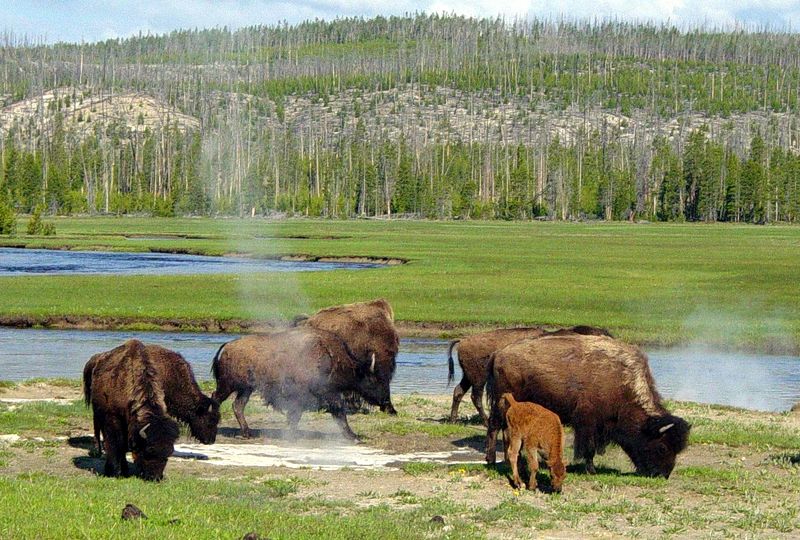
From a population of over 30 million, bison were hunted to fewer than 1,000 by the early 1900s. Their bones were piled in mountains across the plains, a grim testament to unchecked exploitation.
Today’s recovery represents one of conservation’s greatest victories. National parks became crucial sanctuaries where these animals could rebuild their numbers, teaching us powerful lessons about protecting what we almost lost forever.
3. Natural Grassland Architects
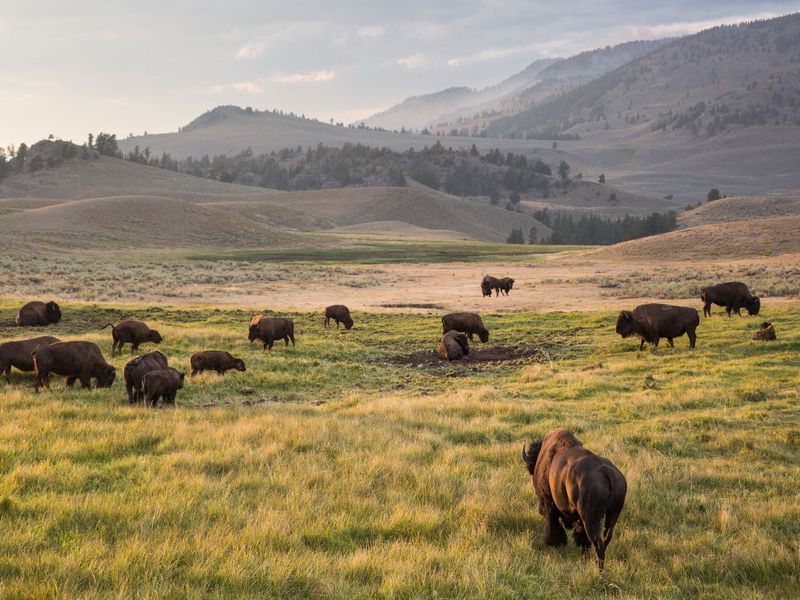
Watch a bison graze and you’re witnessing ancient landscape management in action. Unlike cattle, bison don’t stay in one spot—they move constantly, taking bites here and there.
This grazing pattern prevents any one area from being overgrazed while stimulating new growth. Their selective feeding creates a mosaic of vegetation heights, fostering diverse plant communities that might otherwise disappear without their influence.
4. Habitat Creators For Wildlife
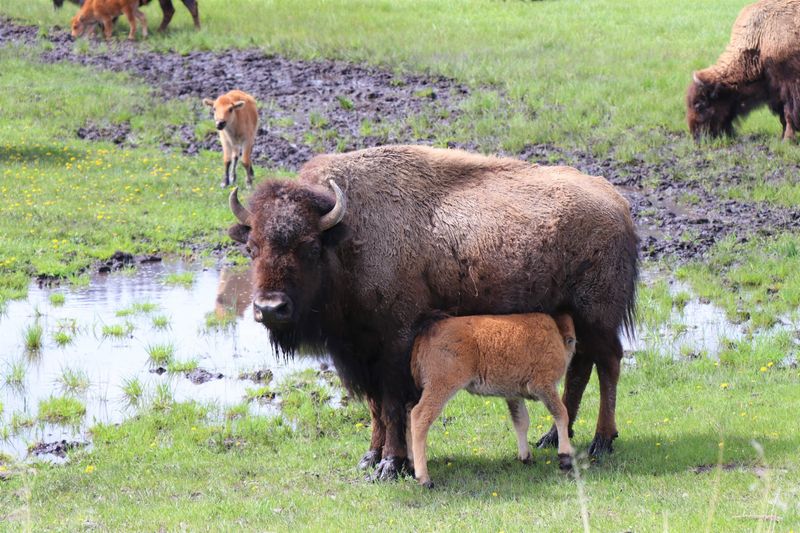
Bison create homes for other creatures without even trying. Their heavy hooves break up hard soil, creating depressions that collect rainwater and become mini-wetlands.
When they roll in dirt to combat insects, they form wallows—shallow basins that support amphibians and water-loving plants. Their thick fur catches seeds and distributes them across the landscape, while their droppings provide nesting material for dung beetles and birds.
5. Sacred Connection To Indigenous Cultures
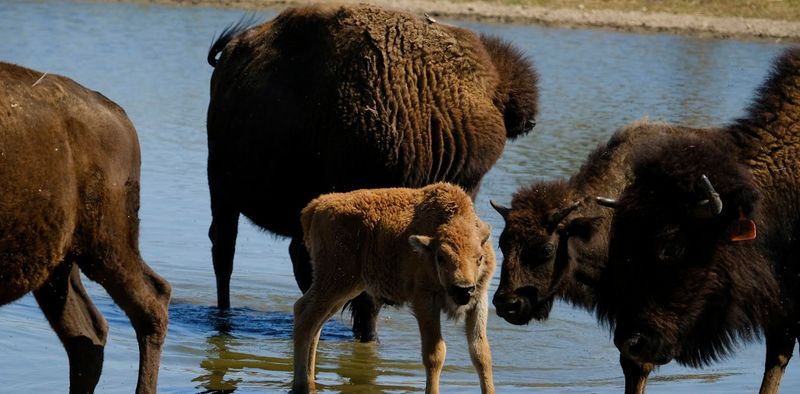
For countless generations, Indigenous peoples built their lives around bison. These weren’t just animals—they were providers of food, tools, shelter, clothing, and spiritual meaning.
Many tribes maintain sacred relationships with bison that continue today. National parks work with tribal nations on bison management, recognizing that cultural preservation and wildlife conservation are deeply intertwined goals that strengthen each other.
6. Guardians Against Invasive Plants
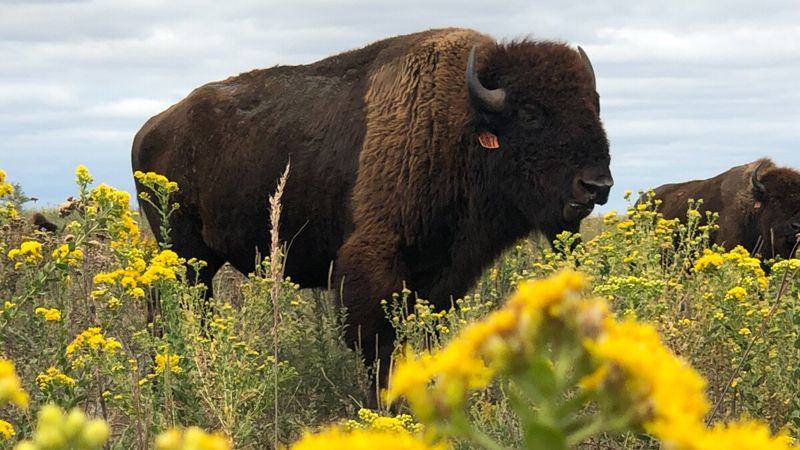
Bison have a secret superpower in the battle against invasive species—they’re picky eaters with a strong preference for native grasses. While elk and cattle might munch on whatever looks green, bison typically avoid many non-native plants.
This selective appetite helps maintain the natural plant community. By grazing on native species that have evolved to benefit from their attention, bison help keep invasive competitors from gaining the upper hand.
7. Living Fertilizer Factories
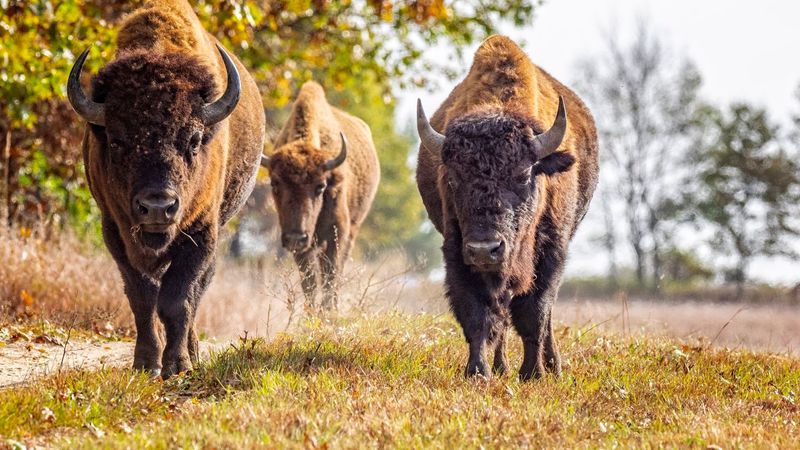
A single bison produces nearly 50 pounds of nutrient-rich manure daily—that’s over 9 tons annually! This natural fertilizer isn’t just waste; it’s a crucial part of nutrient cycling in grassland ecosystems.
Bison droppings return essential elements to the soil while feeding dung beetles and other decomposers. The nutrients then fuel new plant growth, creating a continuous cycle that maintains the prairie’s productivity without any human intervention.
8. Windows Into Prehistoric America
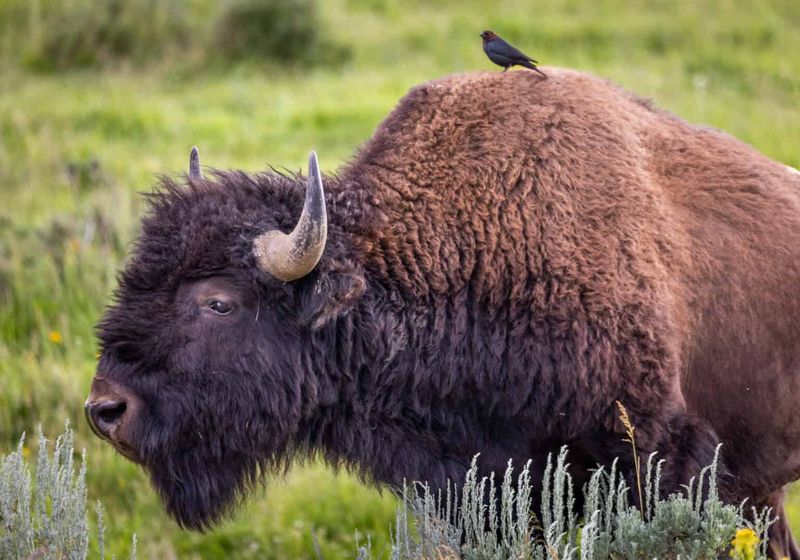
When you watch bison in a national park, you’re glimpsing what North America looked like thousands of years ago. These animals have changed remarkably little since the Pleistocene era.
Scientists study modern bison to understand ancient ecosystems and how megafauna shaped the continent. Their behavior, genetics, and ecological relationships provide valuable insights into our land’s evolutionary history and how our landscapes functioned before human intervention.
9. Living Ice Age Relics
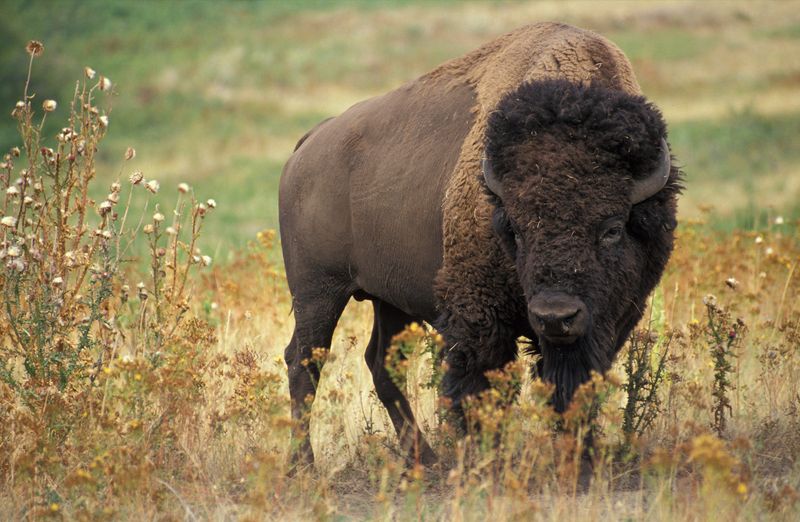
Modern bison are living time capsules from an era when giant sloths and woolly mammoths roamed North America. While those species vanished, bison adapted and survived.
Their massive size—bulls can reach 2,000 pounds—reflects evolutionary adaptations to Ice Age conditions. National parks protect these evolutionary marvels that connect us directly to our continent’s ancient past, offering visitors a tangible link to prehistoric times.
10. Tourism Magnets And Economic Engines
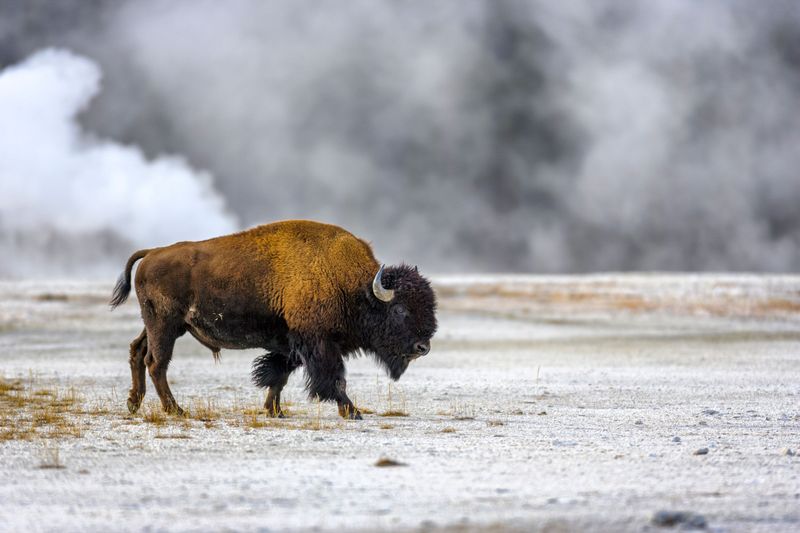
Visitors come from around the world hoping to photograph the iconic silhouette of a bison against the backdrop of America’s stunning landscapes. In Yellowstone alone, bison-watching contributes millions to the local economy.
Gift shops sell bison-themed merchandise, tour guides build itineraries around likely viewing spots, and nearby communities benefit from wildlife tourism. This economic impact helps build public support for conservation efforts beyond park boundaries.
11. Keystone Species For Predators
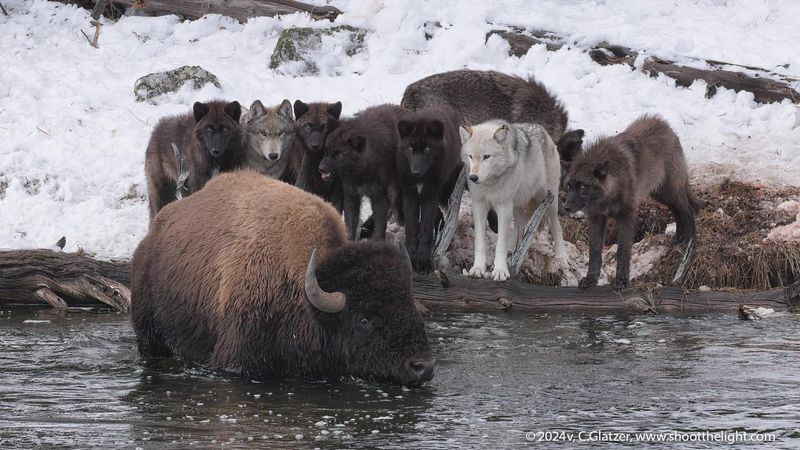
Where healthy bison populations roam, entire food webs flourish. Wolves, grizzly bears, and other predators rely on bison as prey, especially vulnerable calves or elderly animals.
Even bison carcasses play a vital role, feeding scavengers from eagles to coyotes and countless invertebrates. By supporting predator populations, bison help maintain the delicate balance of predator-prey relationships that keeps ecosystems functioning properly in national parks.
12. Conservation Success Stories
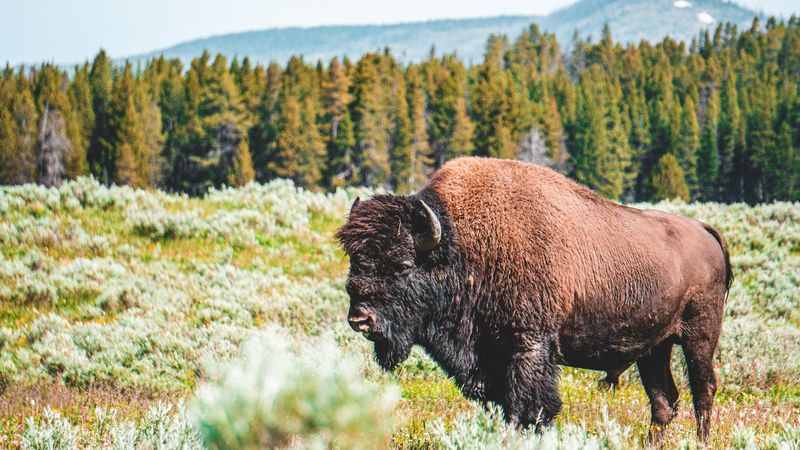
From just 23 individuals in Yellowstone a century ago to thousands today, bison exemplify what dedicated conservation can achieve. Their recovery required cooperation between government agencies, conservation organizations, and private ranchers.
National parks serve as living laboratories where we continue learning about bison ecology and management. Each healthy calf born represents another chapter in this ongoing American conservation triumph that inspires similar efforts for other threatened species.
13. Symbols Of Wilderness And Freedom
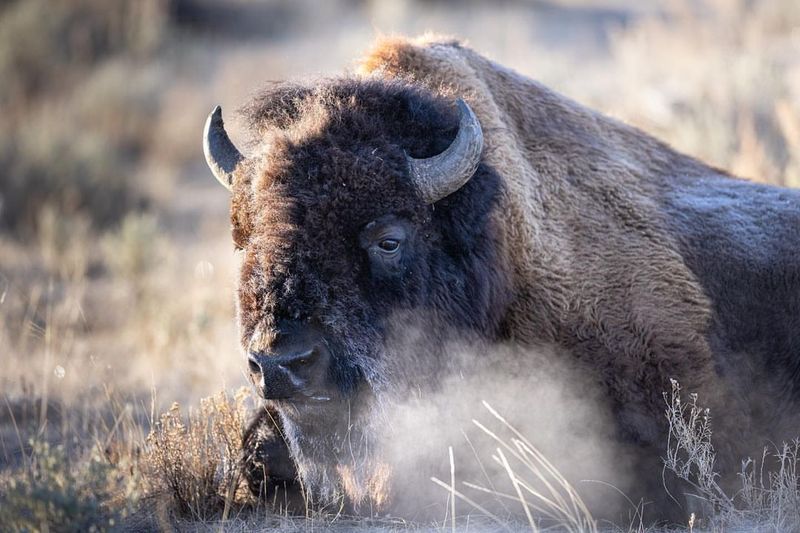
Something primal stirs when you witness a bison thundering across an open plain. These are not domesticated animals—they remain fundamentally wild despite our best efforts to tame them.
Their unpredictable nature and powerful presence remind us that some things shouldn’t be controlled. In our increasingly managed world, bison in national parks represent authentic wildness—a quality becoming rarer and more precious with each passing year.

